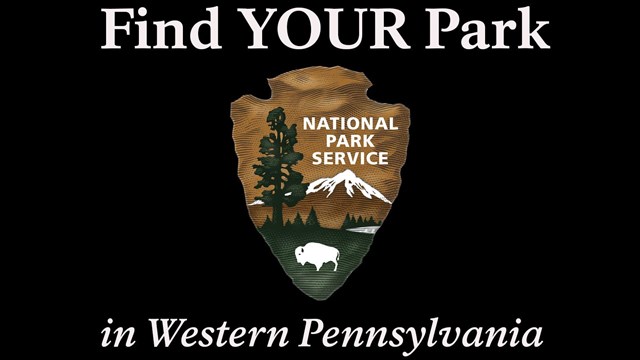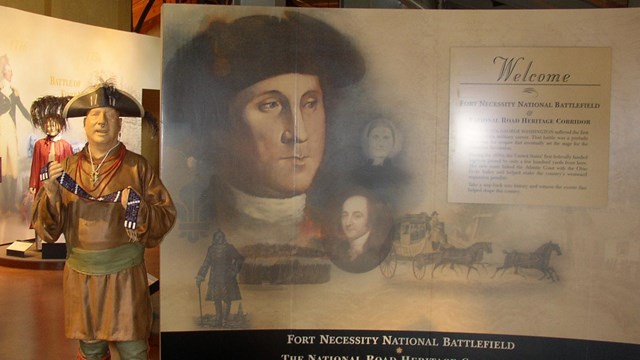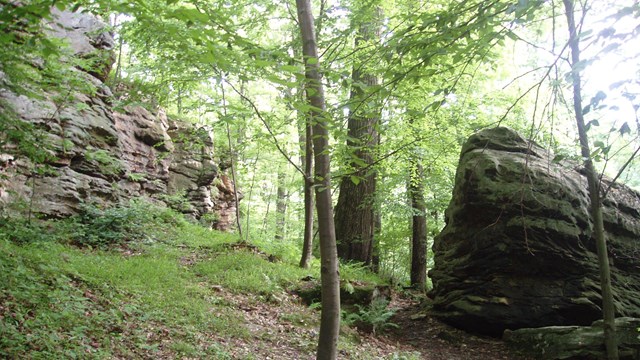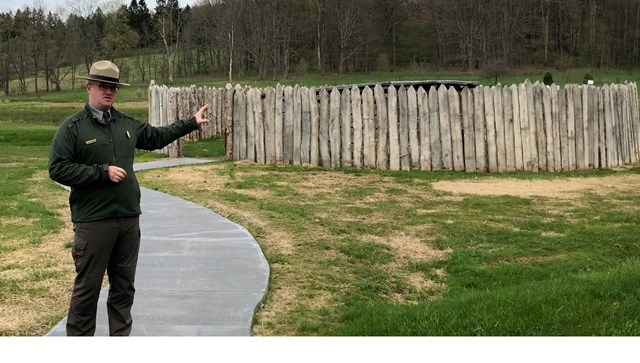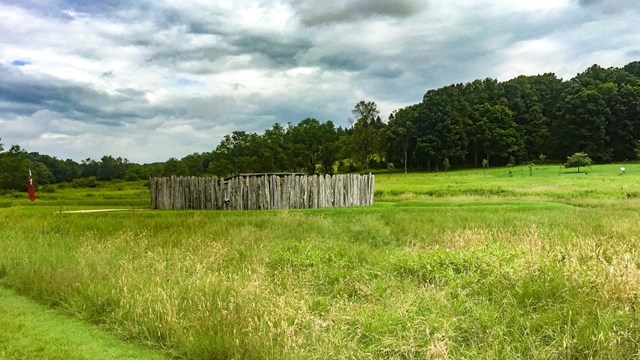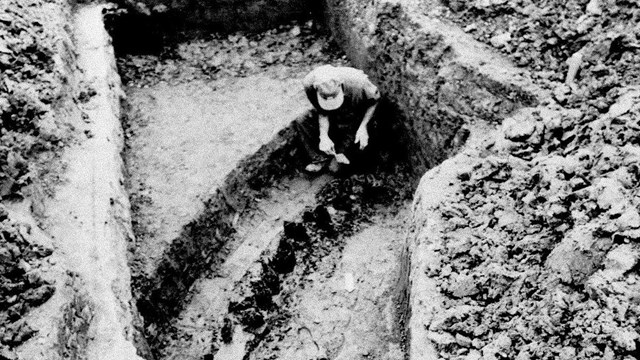The Battle of Fort Necessity occurred on July third, 1754.
In 1754, we have three cultures that are coming into conflict here in the Ohio River Valley. That's where this National Park Service site sits, we're about 60 miles south of Pittsburgh, Pennsylvania, in Fayette County, Pennsylvania. We're not very far from the West Virginia line.
But in 1754, according to the British, this was considered Virginia, according to the French, coming down from Canada, this was part of New France, and we have American Indians who have been living in this area for nearly 10,000 years. So, when three groups want the same thing, there's bound to be a conflict.
A young Virginia named George Washington was given (the) assignment in the spring of 1754 to build a military supply road to the forks of the Ohio, or what today we call Pittsburgh, Pennsylvania. That's (where) the British were hoping to build a fort, and they needed to have that road to get to that fort. Unfortunately for the British, the French would win out in that race and build a much larger fort there called Fort Duquesne. Washington, who was aware of that, still decided to build that road for future operations. And during the process of building the road, he comes to this area that we're standing in right now.
This is called the Great Meadows. and in the midst of this meadow is where Washington would camp. And it's very easy to look at this area, think, boy, this is not a good place to camp. But consider that you have 300 soldiers that you have to provide food for, have a place to camp, a place they could defend themselves. This is not a bad site.
It offered forage for his animals. He had approximately 60 head of cattle. He also had horses that were pulling those supply wagons. It also allowed him a clear field of fire should he be attacked. Now, Washington would build a supply base here, and it began with a very simple stockade and a cabin. Behind me, you see the reconstruction of that, and it's based on the archeology that's been done through the 20th century.
Inside Washington would build a 14 by 14 log cabin, and that cabin's purpose was quite simple. It protected the perishable supplies, so it was not an office for Washington. It was not a barracks for the men. It's simply a large closet to make sure the gunpowder, the rum, the cornmeal, the flour are all out of the elements.
So, this really is not a place of refuge for the soldiers to fight from. What they would have fought from were the creek beds. Behind the stockade, you can kind of see the high shrubs that outlines what's called Great Meadows Run that basically bisects this meadow. And then directly ahead of me is Indian Run, and they come together, oh, about 60 yards in the direction I'm pointing. And Washington, when he first sets up camp here says that with nature's assistance, he has been given natural entrenchments.
The grassy outline you see here kind of forms to Vs, but formed together creates a big square. Those are where the breast works would've been. This is the true part of the fort right here, and it faces those areas - you know, we have a nice long trench here and a nice, long trench there - because the tree lines come the closest in those two areas.
The muskets had a limited range, about 60 to 80 yards effectively. Well, the tree line's about 60 yards on that side and 80 yards on that side. If Washington had that crystal ball that told him he was going to have to fight here in July, he probably would have taken the time to clear the woods a little bit further back.
But again, he never anticipated having to fight here. He's camped here from the end of May to about mid-June. He receives reinforcements and he actually would push westward building his road.
By the end of June, he gets word that the French are now coming after him because, well, the end of May he had attacked a French patrol. That's known as the Jumonville affair. And so, the French are coming after him for revenge. He tries to get out of the area. This is all the further he would get in his retreat, and out of necessity, he ends up having to fight here.
And on the morning of July third, the French do appear at the far end of the meadow. The French take advantage of the tree lines and quickly surround Washington and Washington and his men would fight from these trenches during eight to nine hours of rain, heavy downpours, mist, fog, not the best conditions to fight in with the weapons of that time, they tend to misfire.
So, he figures he's going to get wiped out. But by 8:00 in the evening, he is surprised from the French, who call out to him to see if he wants to talk surrender. And he's a little suspicious, but he does take up their offer, and over the course of three to four hours, the French do negotiate what's considered an honorable surrender during a time when there is no declared war.
But it also says in that document that Washington is responsible for the assassination of a French diplomat. So, it gives the French justification to show the world that they were justified in their attack, their retribution against Washington.
So, I hope this gives you a nice orientation to what occurred here and what the battlefield looks like. Again, I invite you to come and visit our site. We are open every day of the year, except for Thanksgiving, Christmas and New Year's. The grounds are open sunrise to sunset, and the visitor center will have limited hours again, depending on the season, so always check ahead of time before coming to visit us. This has been Brian Reedy here at Fort Necessity National Battlefield. Take care!

